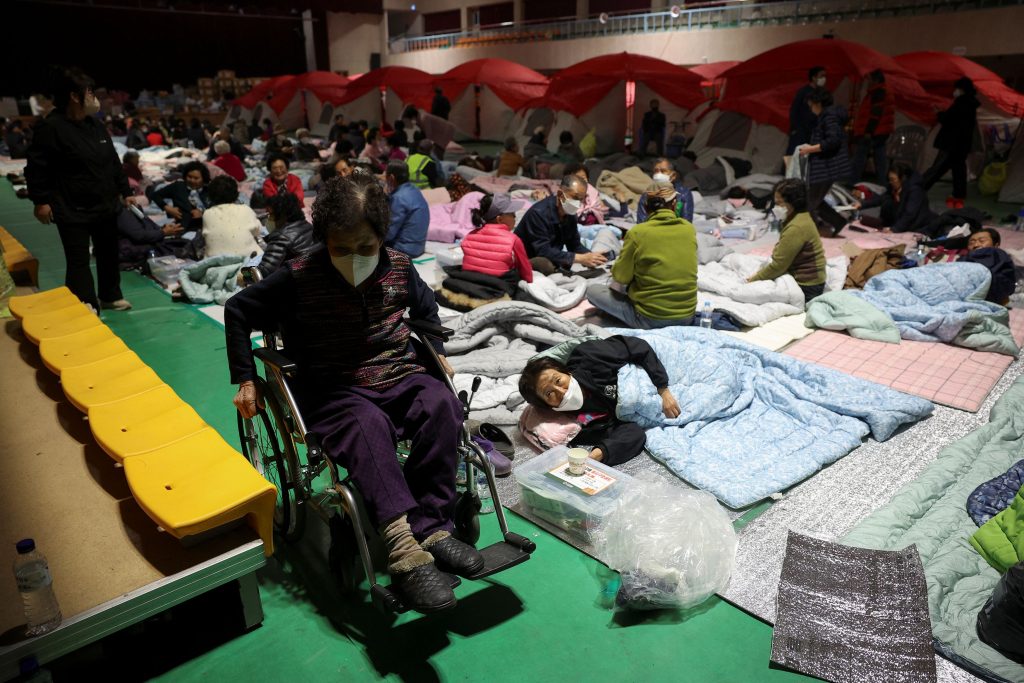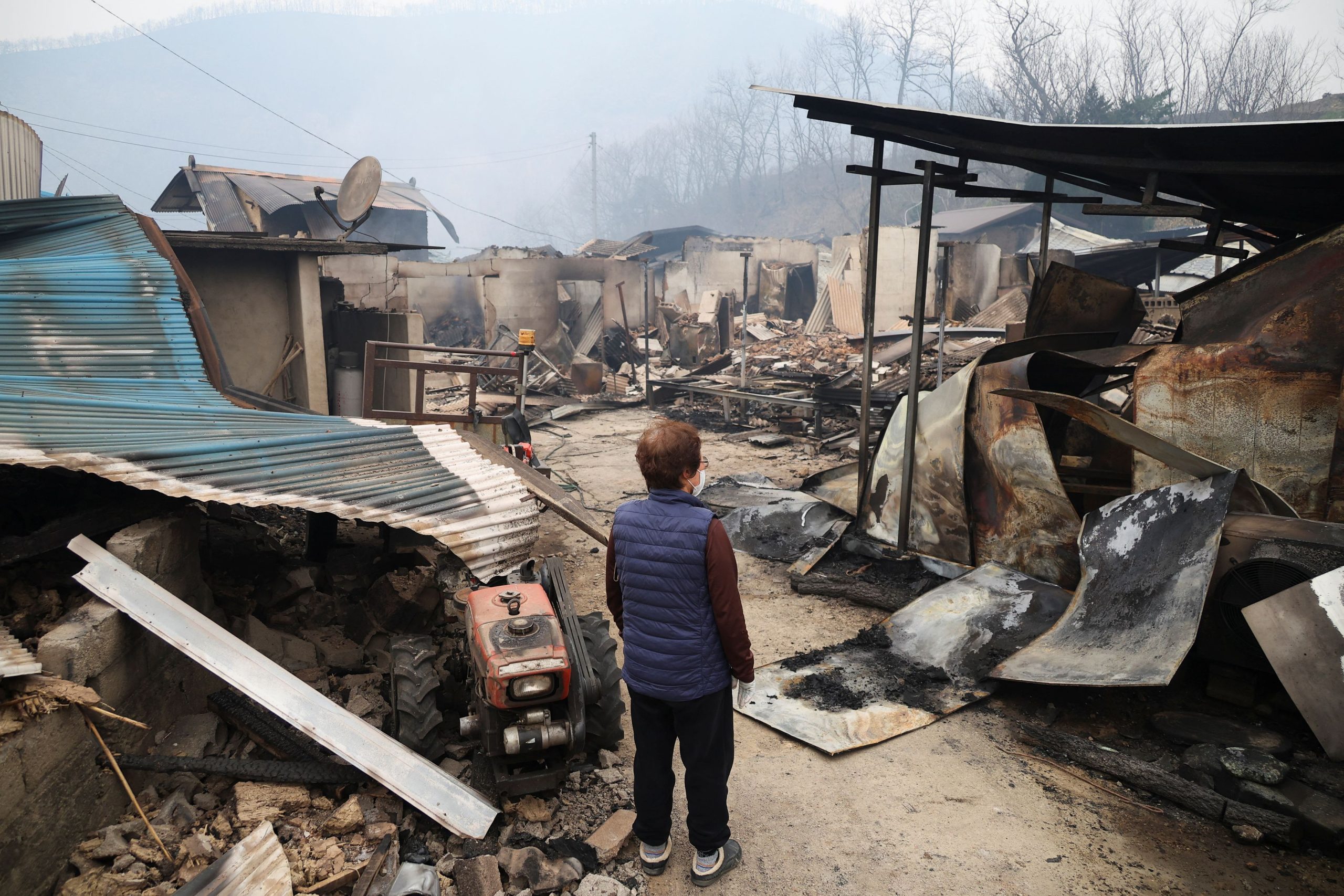South Korea is grappling with the most devastating wildfires in its history, with 26 confirmed dead so far. Roads have been split, power and telecommunications networks disrupted, and 27,000 residents have been forced to evacuate their homes.
So far, 35,810 hectares have been reduced to ashes — an area greater than that destroyed in the infamous 2000 fires, previously considered the worst on record, according to Disaster Response Agency Chief Lee Han-kyung.
1000 year old Temple consumed by wildfire
Thousand-year-old Unramsa Temple on Cheondeungsan Mountain South Korea, was completely destroyed by a forest fire yesterday. It quickly spread due to strong winds, burning down both the main building and its outbuildings.
“Before the… pic.twitter.com/X5Bk6aTjUy
— Volcaholic 🌋 (@volcaholic1) March 23, 2025
U.S. Military Joins the Fight
In addition to thousands of firefighters and armed forces personnel, the U.S. military is assisting with helicopters deployed from bases in the country’s south.
Most victims were local residents, but among the dead are at least three firefighters and a helicopter pilot who died when his aircraft crashed in a mountainous area while battling the flames, authorities reported.
The Harsh Reality of the Climate Crisis
Two UNESCO World Heritage sites — the Hahoe and Byeongsan Seowon villages, both popular tourist destinations — remain under threat.
“This unprecedented disaster once again exposes the harsh reality of the climate crisis,” said Lee Han-kyung, noting that rainfall in the affected regions has been half the annual average.

People rest at a shelter as a wildfire devastates the area in Yeongyang, South Korea, March 26, 2025. REUTERS/Kim Hong-Ji
2024: Hottest Year on Record for South Korea
2024 was South Korea’s hottest year on record, with the annual average temperature reaching 14.5°C — two degrees higher than the 30-year average, according to the Korea Meteorological Administration.
Authorities say the wildfire-hit region experienced extremely dry conditions and below-average rainfall. The number of wildfires this year has already more than doubled compared to the same period in 2024.
While some extreme weather events like heatwaves and heavy rainfall are directly linked to climate change, others — such as wildfires, droughts, snowstorms, and tropical storms — result from complex combinations of factors.
ipt async src=”https://platform.twitter.com/widgets.js” charset=”utf-8″>



